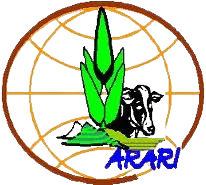 BNJAR
BNJAR
Announcements
Submit your research
 Login
Login